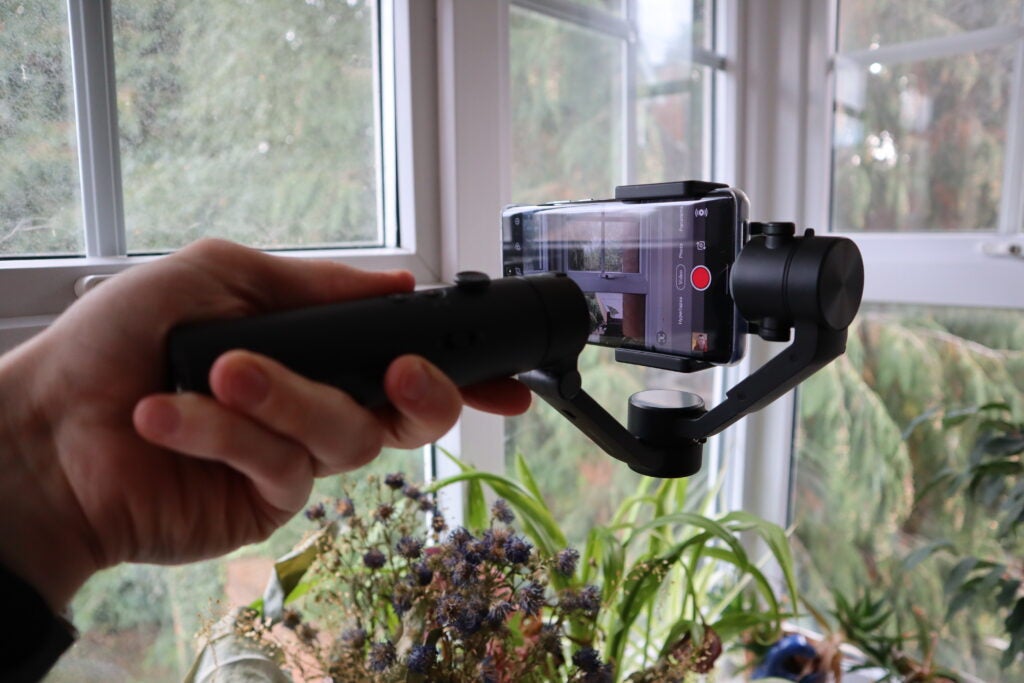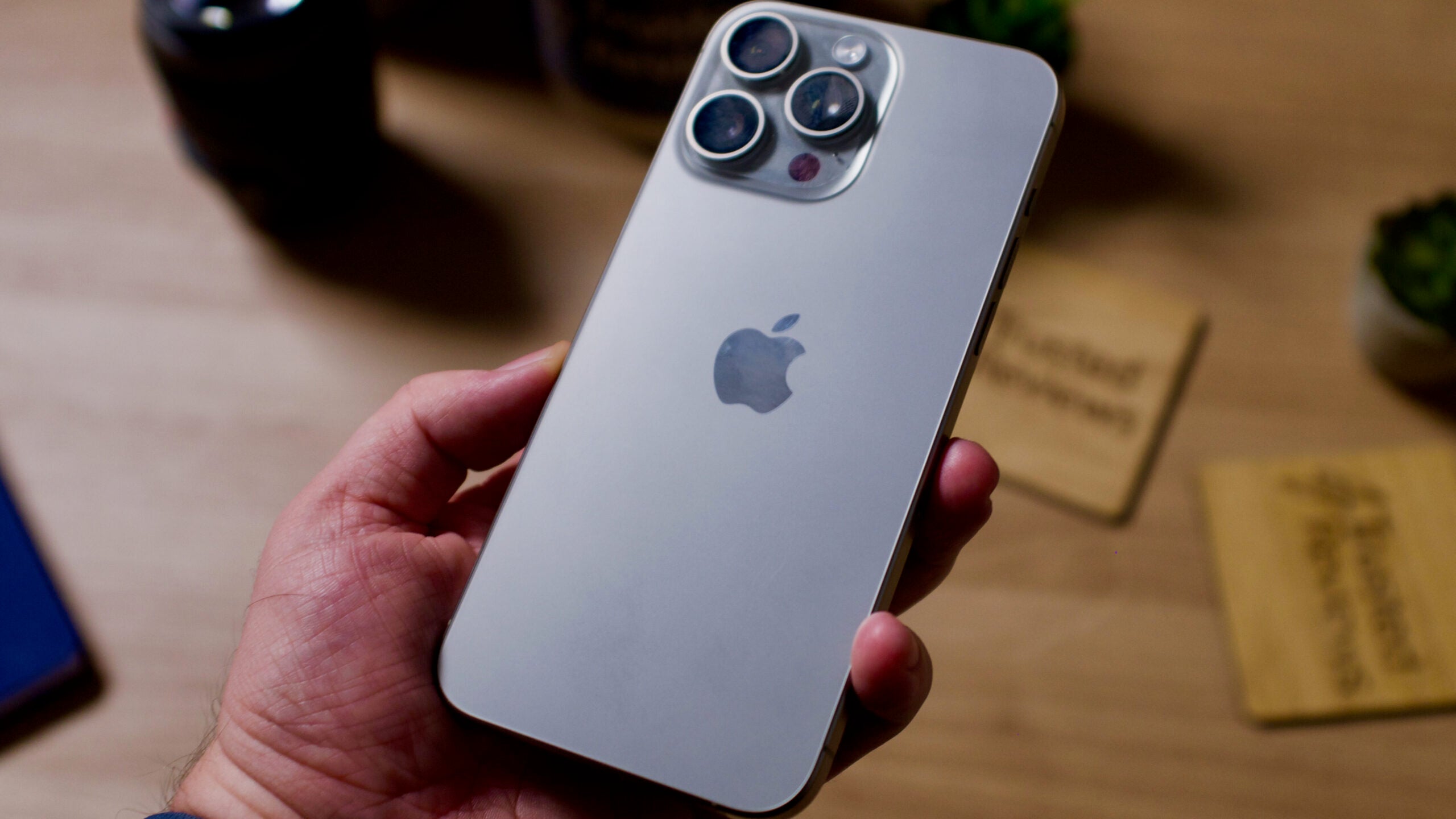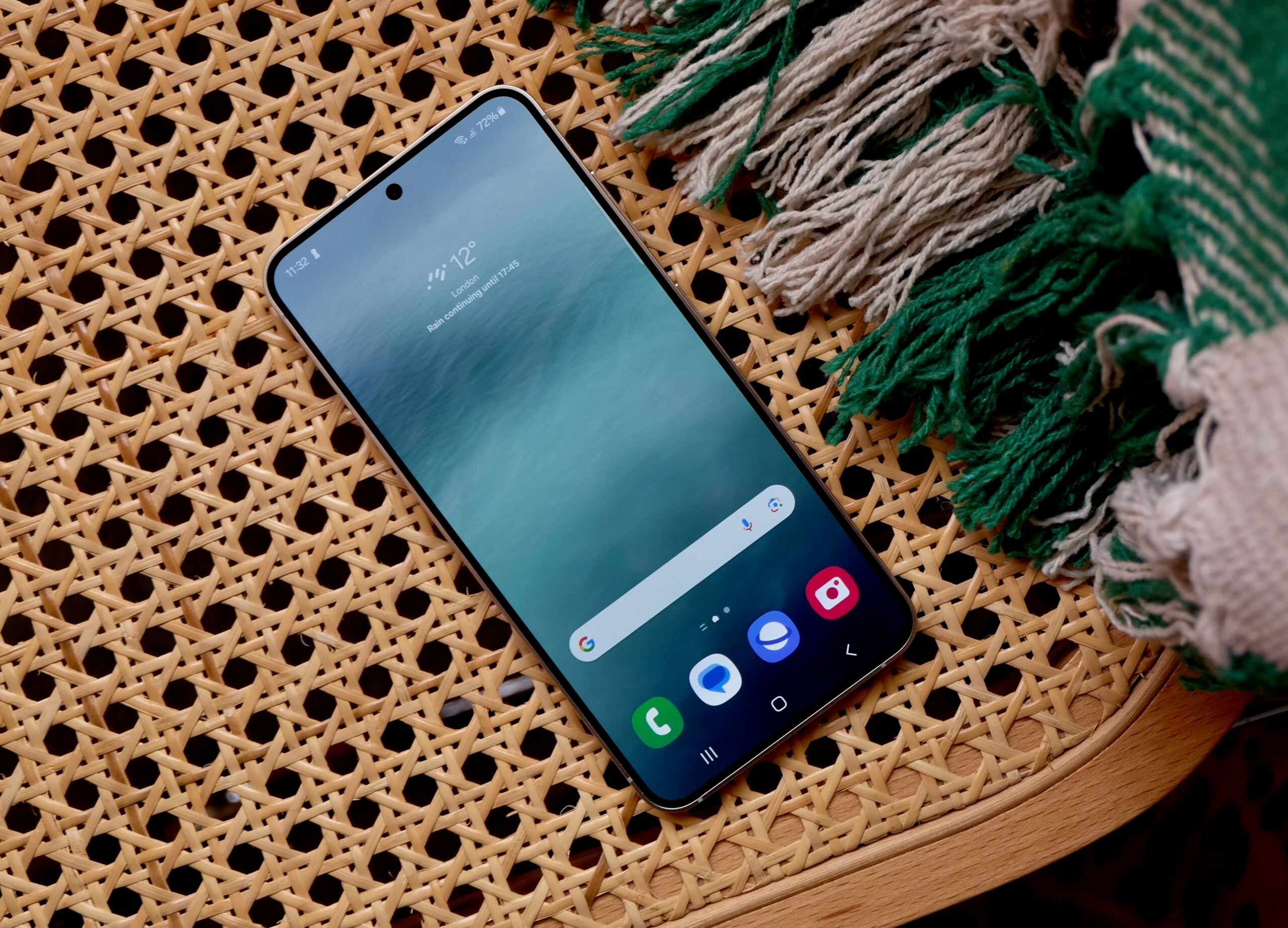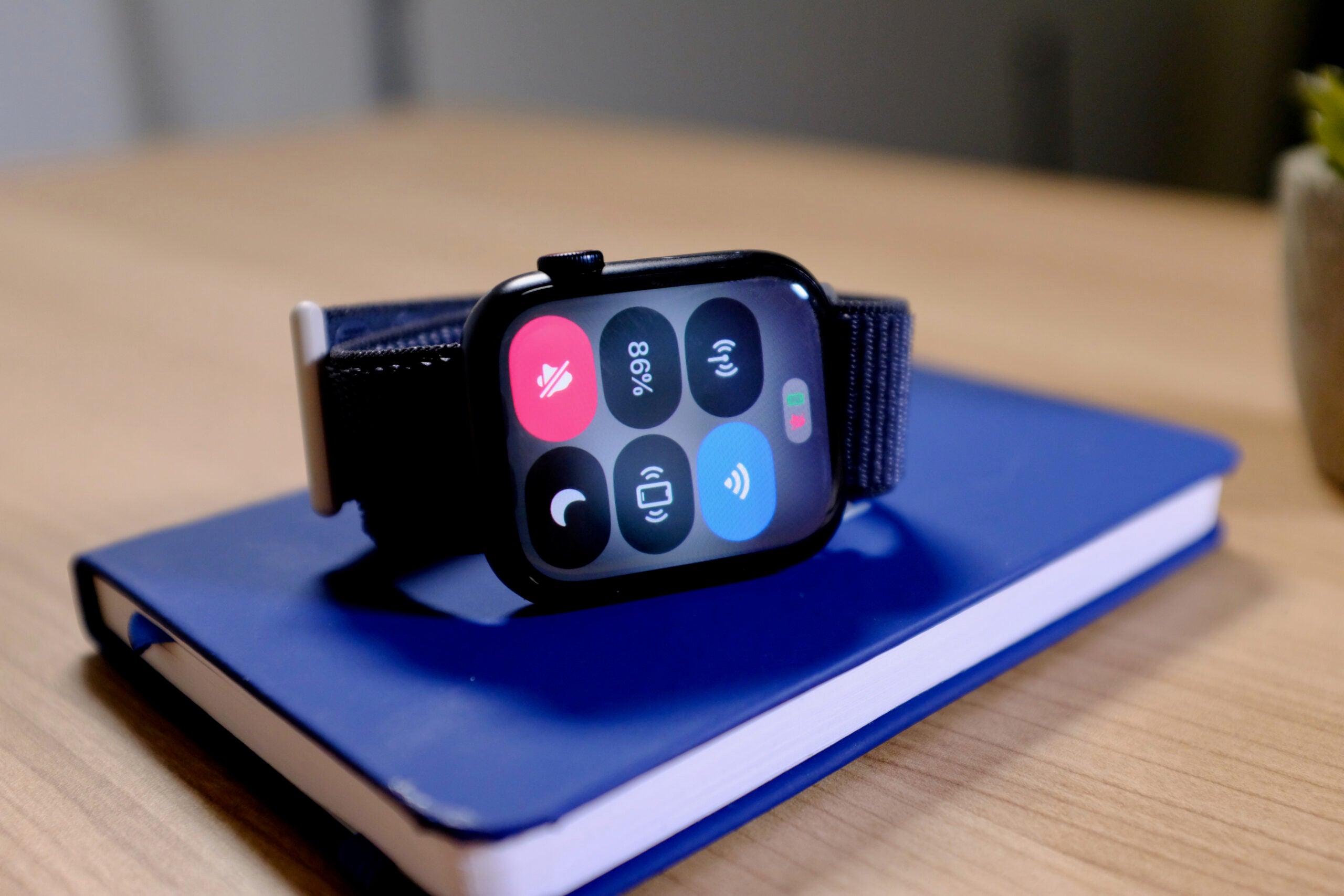How to reduce camera shake when filming

If you’re looking for tips on how to reduce camera shake when recording video, you’ve come to the right place.
There are a range of different ways you can cut down on shake that’ll leave you with smoother, more stable results right out of camera. Keep reading to learn how to produce shake-free video, whether you’re filming on a mirrorless camera, action camera, smartphone, or anything in between.
How to reduce camera shake when filming
One way to reduce camera shake when filming is to place your phone or camera on a stable surface. This can be a tripod, a gimbal, or even just a pile of books if you don’t have any equipment on hand.
Of course, a gimbal will be your best bet if you’re vlogging or capturing moving shots that require you to pan or move around the scene with your camera. These tools are one of the easiest ways to produce clean, smooth footage straight out of camera, making them a great investment if you’re looking to polish up your video.

We’d recommend checking out our guide to the best smartphone gimbals if you’re looking for a good gimbal to pair with your phone.
Another quick way to cut down on camera shake is to use the image stabilisation built into your camera or lens. This tip won’t apply to every camera but, for those that have image stabilisation, this is a handy tool you can find directly in your camera menu.
Action cameras are particularly good at producing stable video, as are vlogging cameras with built-in gimbals like the DJI Osmo Pocket 3.

There are a few other ways you can reduce shake when filming video. Using a shorter lens can be helpful as camera shakes can be magnified through zoom lenses. A larger grip can offer a more steady hold on the camera, as can the way you stand and rest the weight of the camera.
Finally, if you’re still experiencing too much shake, you can smooth out your footage in post-production. Many editing programs, including Adobe Premiere Pro and Final Cut Pro, include stabilisation features for this very reason. However, it’s always best to reduce shake as much as you can when recording before relying on editing software.








